Retro Replay Review
Gameplay
Story Machine’s core mechanic is delightfully simple: children type short sentences and watch them come to life through animated characters and objects. By using pre-assigned key nouns and verbs, kids can compose phrases like “The girl jumps over the flower” and immediately see the result on screen. This direct feedback loop not only holds young players’ attention but also reinforces basic sentence structure and vocabulary in a playful context.
(HEY YOU!! We hope you enjoy! We try not to run ads. So basically, this is a very expensive hobby running this site. Please consider joining us for updates, forums, and more. Network w/ us to make some cash or friends while retro gaming, and you can win some free retro games for posting. Okay, carry on 👍)
The interface encourages experimentation. With a limit of up to four “actors” per story and a maximum of about 40 words, players must think creatively about which elements to include. This restriction becomes a teaching moment: it pushes children to prioritize key details, choose precise words, and consider how each actor interacts within their mini-narrative. The result is a fun puzzle-like challenge wrapped in an educational shell.
Another strength of Story Machine’s gameplay is its instant gratification. There’s no lengthy tutorial or complex menu navigation—kids type, click play, and watch. Educators and parents will appreciate that this straightforward approach minimizes frustration, allowing young learners to focus on language development rather than interface mastery. Even reluctant readers and writers can take charge, experimenting with new word combinations and seeing the immediate impact of their choices.
Graphics
Graphically, Story Machine offers bright, cartoonish visuals that are perfectly tailored to its target audience. The character designs are simple yet expressive, making it easy for children to identify who’s who in their stories. Color palettes are bold and primary, keeping the screen visually engaging without overwhelming young viewers.
Animations are smooth and lively, bringing each typed sentence to life with surprising flair. A girl leaps across a bloom with realistic motion, while a bouncing ball follows a natural arc—each movement feels thoughtfully designed. Although the graphics aren’t as detailed as high-budget console titles, they strike the right balance for an educational tool: clear, charming, and always responsive.
Additionally, the visual feedback system is intuitive. Incorrect or unmatched words simply don’t animate, prompting children to try synonyms or different sentence structures. This gentle form of correction is less punitive than a quiz-based approach, keeping the tone light and encouraging. Overall, Story Machine’s graphics serve the gameplay and learning objectives admirably.
Story
Unusually for a video game, Story Machine places the narrative entirely in the hands of its users. There’s no preset plot or characters to follow—the magic lies in spontaneous, child-driven storytelling. This open-ended format fosters imagination, as players decide who the heroes are, what happens, and how each scene unfolds.
While there’s no overarching storyline, the product’s built-in dictionary of nouns and verbs functions like a creative sandbox. Children can mix and match elements—“dog,” “castle,” “run,” “sleep”—to devise wildly different scenarios. This freedom transforms language practice into a form of play, where each animation session feels like a fresh, new adventure.
However, the self-authored format may leave some players craving more structure. Without narrative milestones or character development, Story Machine relies on external guidance from teachers or parents to set goals (create a four-sentence fairy tale, describe a morning routine, etc.). When supplemented with real-world storytelling prompts, though, the tool becomes an incredibly versatile platform for literacy exercises.
Overall Experience
Story Machine stands out as an innovative edutainment product that seamlessly blends language learning with interactive animation. Its ease of use and immediate visual feedback engage children right away, making it an excellent choice for home or classroom environments. The game’s focus on typing and sentence formation builds confidence in early readers and writers.
Although the four-actor and 40-word limits may feel restrictive to older or more advanced students, these boundaries are purposeful for the intended age group. They concentrate young minds on essential vocabulary and grammar, turning each play session into a targeted learning moment. Plus, the playful animations reward success, encouraging repeated practice without boredom.
In conclusion, Story Machine is a thoughtfully designed tool that delivers both educational value and pure enjoyment. Its combination of simple mechanics, colorful graphics, and open-ended storytelling offers a compelling way for children to develop language skills. For parents and educators seeking a creative approach to literacy, Story Machine is a worthy addition to any learning toolkit.
 Retro Replay Retro Replay gaming reviews, news, emulation, geek stuff and more!
Retro Replay Retro Replay gaming reviews, news, emulation, geek stuff and more!
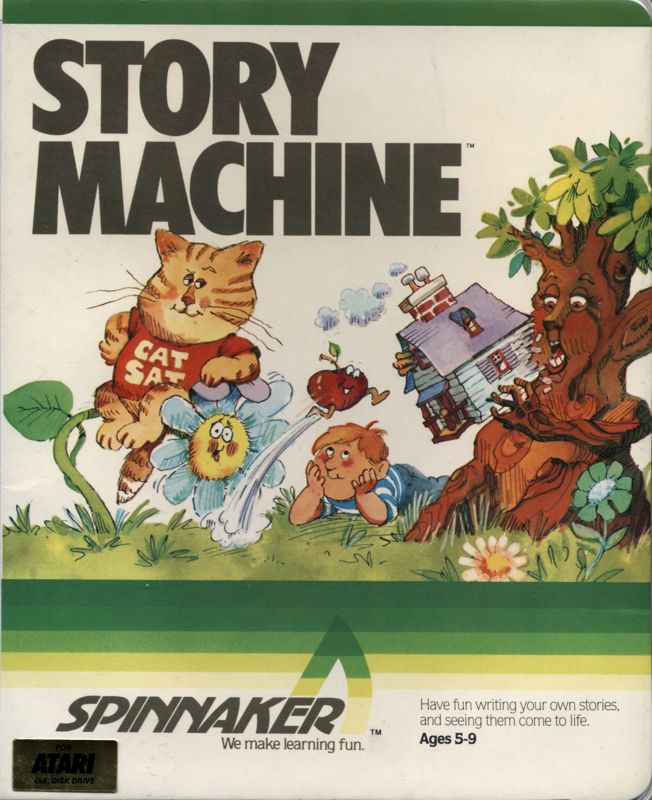
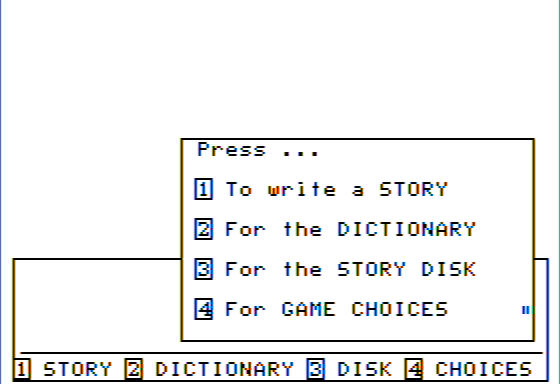
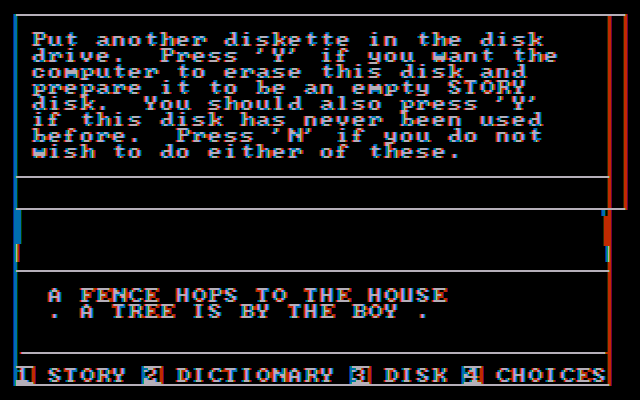
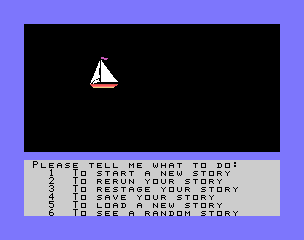
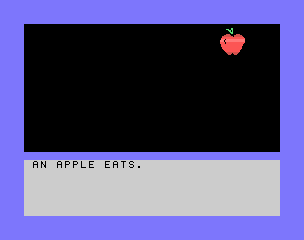
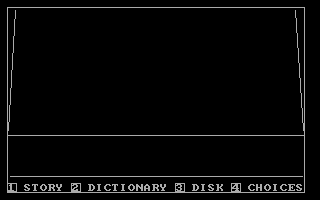
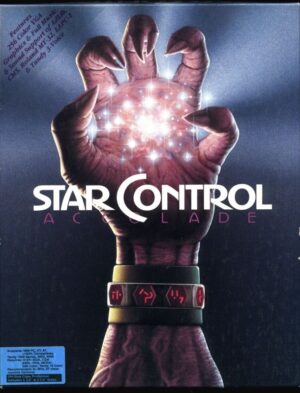

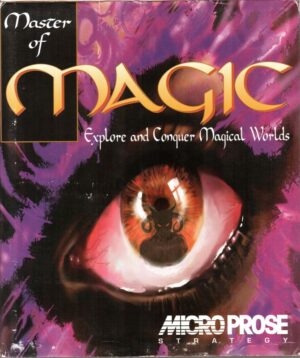
Reviews
There are no reviews yet.